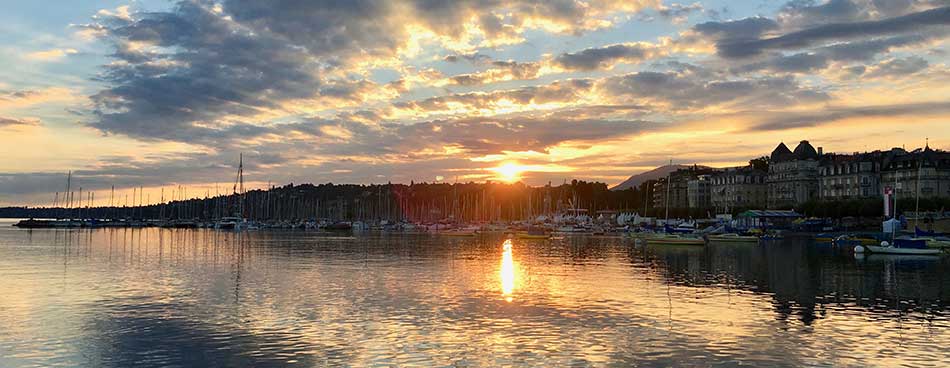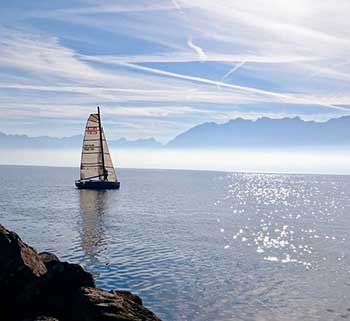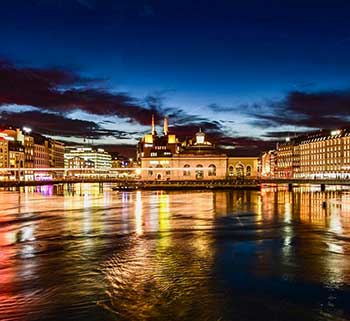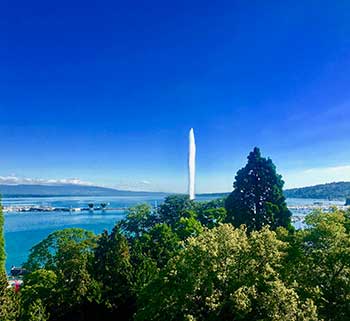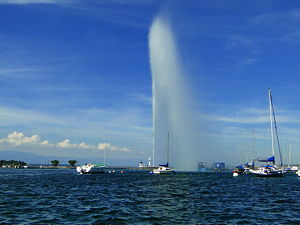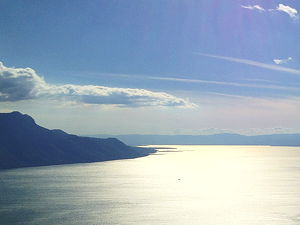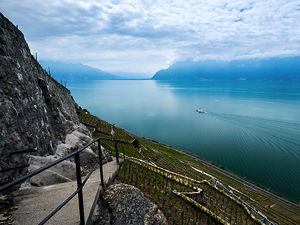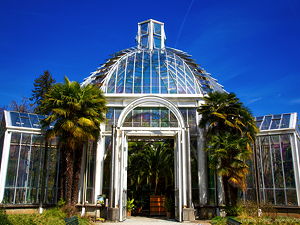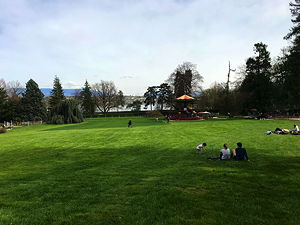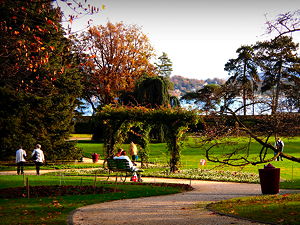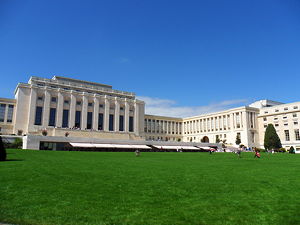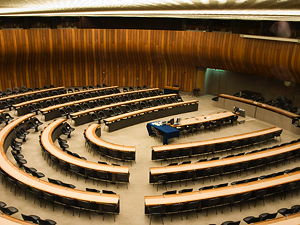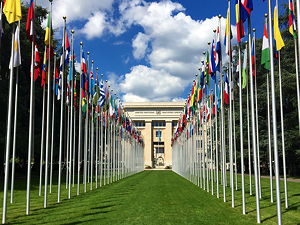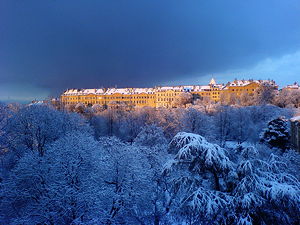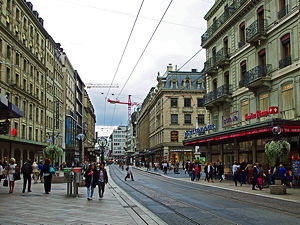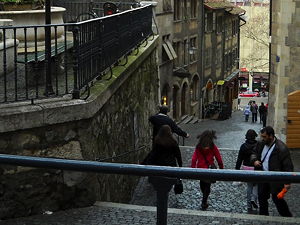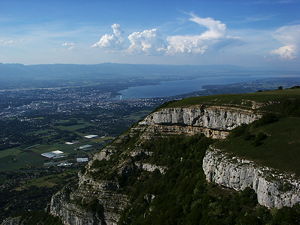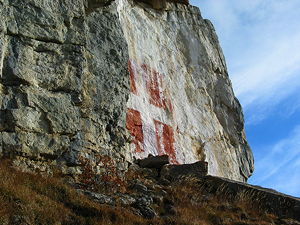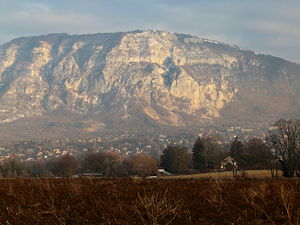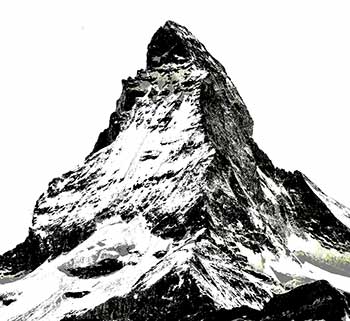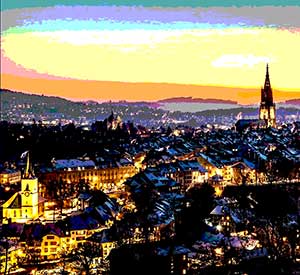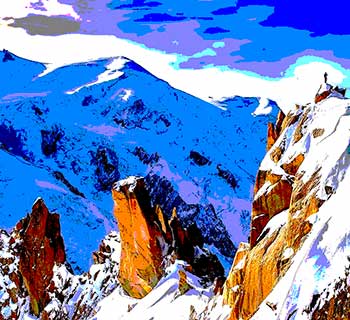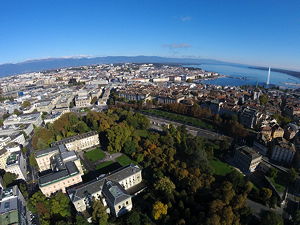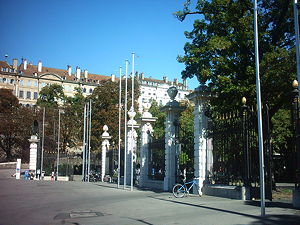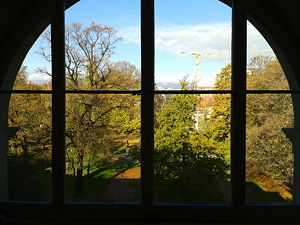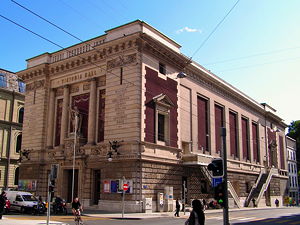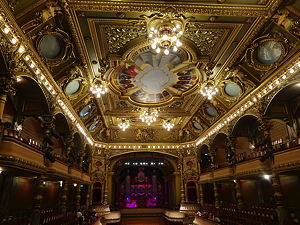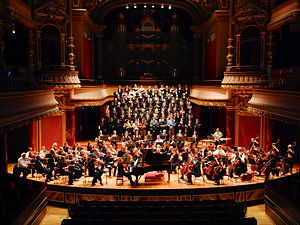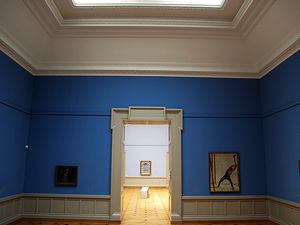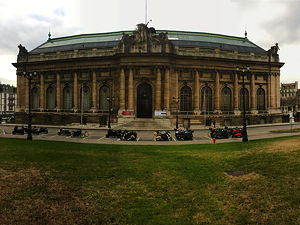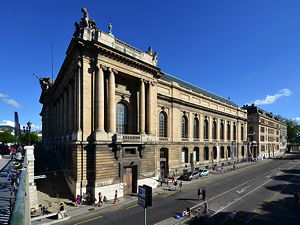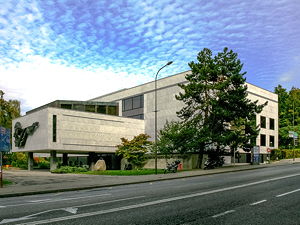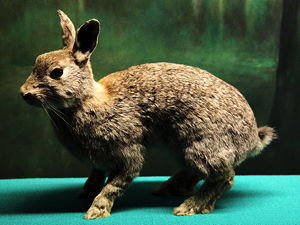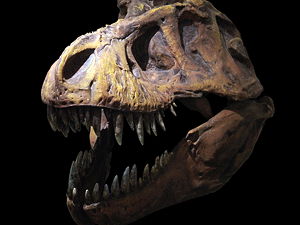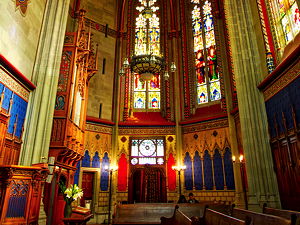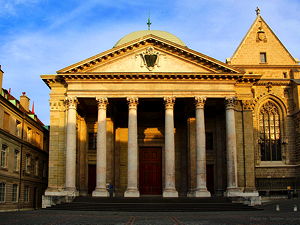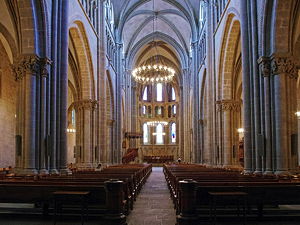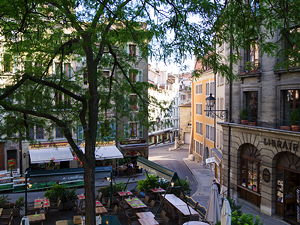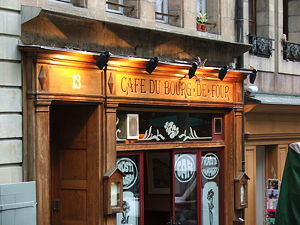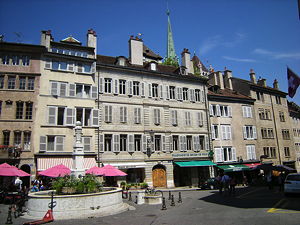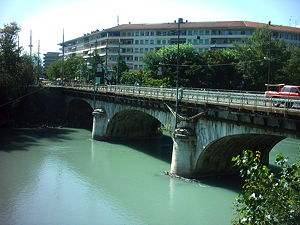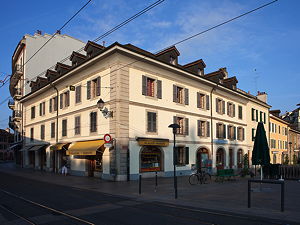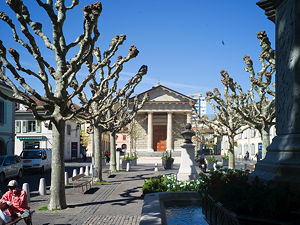Things to do in Geneva, Switzerland
Geneva may only be home to 200,000 people, but it is at the heart of global affairs.
The city houses the United Nations' second largest office, after its headquarters in New York, and more than 200 international organizations (like the Red Cross, the World Health Organisation and CERN). You will hear a myriad of languages in this very cosmopolitan place, spoken by people coming from all over the world.
Besides its international flair, Geneva is surrounded by breathtaking natural beauty. The Alps (accessed from the nearby Chamonix) and the Jura mountains provide the city with a backdrop that is not easily forgotten. On a clear day, Mont Blanc -- Western Europe's highest mountain -- can be seen on the horizon.
Lake Geneva (or Lac Leman) complements the snow and rock zigzags and adds to the city’s pristine charm. Many of Geneva's best hotels and restaurants are clustered around the lake's western end. The lake is also home to one of Geneva's icons: Le Jet d'Eau de Geneve.
Museums, parks, gastronomy, and nightlife: Geneva has it all. Little wonder that many erroneously believe it is the capital of Switzerland (the capital is in fact the equally attractive city of Bern).
With or without this honorary title, however, Geneva is still one of the most exciting places in the country (the closest competition comes from Zurich). Here are the top 10 things to do.
1. Lake Geneva and the Jet d'Eau
Lake Geneva, or Lec Leman, is 72 kilometres long, up to 13 kilometres wide, and has a maximum depth of 350 metres. It is western Europe’s largest lake, around which Geneva is built.
The Jet d'Eau
Geneva’s most famous icon is the Jet d’Eau de Geneve (the Geneva Water Jet). Found on a stone jetty, 150 metres into the lake, the Jet spurts water to a height of 140 metres. The resulting white plume of water and air bubbles is visible throughout the city.
The Jet d'Eau started out, in 1886, as a means of controlling water pressure at the nearby La Coulouvreniere water plant. It became an instant hit and was relocated to the Geneva harbour five years later. In 1951, a sophisticated new pumping station was built: water is pumped at a rate of 500 litres per second and has a velocity of 200 kms per hour upon release. At any one time, there are 7,000 litres of water in the air!
You can walk along the jetty to inspect the Jet close-up, or admire it from one of the many eateries and bars on the Lake’s south-western shore. If you choose the former option, be careful: the jetty is slippery and if the wind changes direction you may get wet!
Other places to visit
Other nearby attractions are the Jardin Anglais (a pretty park with fountains, monuments and statues), the Baby Plage (a small sandy beach, not just for babies, for those wanting to swim), and the Pont du Mont-Blanc (or the pedestrian bridge slightly further to the south) – this marks the spot where the clear waters of the Rhone flow into Lake Geneva and is home to a range of waterfowl.
A mini-train company offers excellent tours of Geneva’s Old Town (30 minutes), Geneva’s Parks and Residences (30 minutes) and the International Quarter (90 minutes), leaving from the Pont du Mont-Blanc.
where? Quai Gustave-Ador, 1207 Genève, Switzerland
when? The Jet operates from 10 am to 4pm in winter and from 10 am until 10.30pm in peak summer season.
£$€¥ Free.
2. The Botanical Garden
The Botanical Garden is an oasis in the metropolis, and one of the city's largest green spaces.
Founded in 1817, the Jardin Botanique occupies about 28 hectares of land on the north-west shores of Lake Geneva. It displays almost 15,000 specimens from about 250 species; its historical herbarium holds about 6 million samples; and its library houses about 100,000 books.
The garden is split into 13 different collections. We particularly recommend:
- the Historic Rose Garden, which traces the evolution of the cultivated rose,
- the greenhouses, which include the humid Winter Garden (growing palms and plants from the tropics such as coffee, coco and spices) and the glass-domed Temperate House (with vegetation from the Mediterranean), and
- the Terraces of Medicinal and Useful Plants (growing spices, herbs and vegetables).
In addition, there are picnic areas frequented by groups of friends and families.
Deer, flamingos and peacocks wander around the grounds, accustomed to the respectful interactions they have with humans on a daily basis. There is also a carrousel that is quite popular with children, and small ponds that bring a splash of blue into the greenness.
If you want to enjoy a meal at the park, its restaurant, Le Pyramus, has delicious food and always leaves customers satisfied.
where? The Jardin Botanique is conveniently located close to the UN Headquarters. To get there, take bus lines 1, 11, 25, and 28 to the Jardin Botanique stop.
when? As in most European gardens, the schedule changes depending on the season. From October 25th to March 31st, the garden opens from 8:00am to 5:00pm. From April 1st to October 24th, it opens from 8:00am to 7:30pm. If you want to go to Le Pyramus, the summer schedule is from 8:30am to 7pm, and the winter schedule is from 9:30am to 4:30pm.
£$€¥ The park is free of charge to visitors, as are most of its attractions. If you wish to eat at Le Pyramus, at least CHF25 per person is recommended for the self-service restaurant and CHF60 for the a la carte dining room.
3. Palais des Nations
The Palais des Nations—formerly headquarters of the League of Nations, and now the United Nations' second most important office—has witnessed some key moments in world history.
Background: the League of Nations
The League of Nations was an intergovernmental institution established in 1920 following the Paris Peace Conference held in the aftermath of World War One. Its aim was to guarantee the world "peace and security" through negotiation and mediation.
The League held an international architecture competition to design its headquarters in 1926, attracting 377 entries. The five most successful architects were commissioned to work together on designing the Palais des Nations, the foundation stone for which was laid in September 1929.
Though the League of Nations had 58 member states by the mid 1930s, it ended in failure. It was unable to control the Axis powers, with Germany, Japan and Italy all withdrawing from the League in the build up to the Second World War. The League was replaced by the United Nations in 1946.
The Palais des Nations today
The Palais has been extended twice since its initial construction. It is now more than 600 metres long, comprising 34 conference rooms and over 2,800 offices. It is here that the United Nations moderates and discusses global issues.
The Palais des Nations is perhaps Geneva's defining attraction. After all, it is its presence that attracts the international crowd and the political atmosphere that permeates every cobblestone in the city.
Gardens
The Palais des Nations is located in the 46-acre Ariana Park. Packed with well maintained lawns, trees and borders, Ariana also boasts three nineteenth century villas and a number of monuments. They include the tomb of Gustave Revilliod (a Swiss writer and publisher) and a Celestial Sphere (gifted by the Woodrow Wilson Foundation).
Guided Tours
To see what goes on behind the scenes, you can take a guided tour through the grounds. This includes the most important rooms as well as the gardens.
Tours usually last around two hours and provide insightful information into the UN.
where? All visitors must enter from the main gate located at 14 Avenue de la Paix. To get there, you can take bus lines 8, 28, F, V, and Z to Appia, or bus lines 5 and 11 and tram line 15 to Nations.
when? The schedules for visits vary greatly throughout the year. Check the UN's website for details. It is advisable to make reservations for tours and arrive 30 minutes early.
£$€¥ Tours cost CHF15 per adult, and CHF10 for children. Students, senior citizens, and disabled persons enjoy a discounted price of 13CHF. Swiss Pass holders can enter free of charge.
4. Geneva's Old Town
One of the most well-preserved historical centres in Europe, Geneva’s Old Town was also the home of the Protestant Reformation in Switzerland.
In the 1500s, Huldrych Zwingli followed the footsteps of Martin Luther and led the reformation in his country. This not only changed the political and social face of the nation, but also that of Geneva, which was the centre of the movement.
Today, the Old Town is architecturally similar to how it was back then. Cobblestoned streets, tiny shops, and boisterous bars breathe life into the quarter.
Far from being backwards, however, it is one of the most exciting neighborhoods in the city. You will find charming boutique shops, small parks, and enough cafes and restaurants to spend the entire day lounging, eating and people-watching.
The most iconic landmark of the neighborhood is the Cathedrale Saint-Pierre. Founded in the 4th century, Saint-Pierre became the adopted church of John Calvin (a pastor and leading figure of the protestant movement). One of his chairs is still found within the Cathedrale.
Underneath is found a recently excavated archaeological site, in which Roman remains have been found. Saint-Pierre is also known for the 11 bells located in its two towers and spire. The largest, named La Clemence, weighs 6,238 kilogrammes. Visitors are able to climb to the top of one of Saint-Pierre's towers, offering stunning views over city and Lake Geneva.
Switzerland's other major cities, Bern and Zurich, have similarly delightful old towns.
where? The Cathedrale Saint Pierre is the most convenient place to start exploring the Old Town. It is located at Place du Bourg-de-Four 24. Bus line 36 will leave you right in front of the church at the Cathedrale stop.
when? You are free to explore the Old Town any time you wish. However, if you have a specific landmark or restaurant in mind, make sure you check the opening times for it before you head there. It is advisable to avoid the area at night when it is deserted.
£$€¥ Since there is quite a variety of shops, restaurants, and bars, take money to treat yourself to something. If you wish to see the archeological remains underneath the Saint-Pierre cathedral, entrance is 8CHF for adults, and 4CHF for youth and students.
5. Saleve Mountain
Standing at 1,380 meters above sea level, Mont Saleve provides an incredible view of Geneva.
Though the mountain is actually on the French side of the border, in the departement of Haute-Savoie, this is definitely one of Geneva's top attractions.
Mont Saleve—also known as the Balcony of Geneva— is part of the Jura mountain chain and has a prominence of almost 600 metres. It provides a chance to escape from the city and the complications of global politics. This explains why nature lovers and worn-out city-dwellers find a sanctuary in the beauty of the mountain.
The view from the summit encompasses the entirety of Geneva, as well as the lake and the Rhone Valley. Without a doubt, it is one of the most inspiring views of the city and its surroundings.
Adventurers can enjoy mountain biking, hiking, and even paragliding. Those who want a beautiful view without having to sweat for it can take a cable car up to the top and sit at the scenic restaurant.
Mont Saleve has another claim to fame: it features in chapter 7 of Mary Shelley's Frankenstein.
where? To get to the base of the mountain, take the TPG to the Veyrier Ecole/Douane station. From there, a free shuttle will take you to the cable car. Otherwise, you can start on the path up the mountain.
when? The cable car operates every day May through September. Sundays through Wednesdays, the schedule is from 9:30am to 7:00pm, and Thursdays through Saturday it is from 9:30am to 11:00pm. From October to November 13th, and in April, the cable car operates Tuesday through Sunday from 9:30am to 6:00pm.
£$€¥ Hiking up the mountain is free, but if you decide to take the cable car the prices are for adults: €12, reduced fare (65+, 17-25): €8,80 and children (3-16): €6,50.
